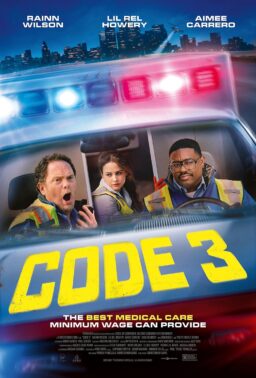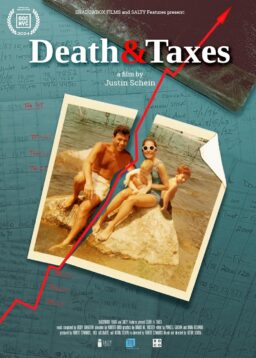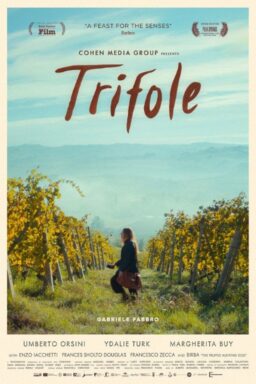From the revolutionary visual strategies of his first film, “Breathless” (1960), to his recent experiments with video, the French director Jean-Luc Godard has been on the cutting edge of cinema. The Music Box revival of a restored version of his “Contempt” (1963) is an occasion to review some of the landmarks in his career.
Godard’s great decade was the 1960s, when he made his best films and had his greatest influence. Here are some highlights, all available on video.
“Breathless” (90 minutes; not rated): Starring Jean-Paul Belmondo and Jean Seberg in the story of a violent Parisian drifter and his insecure American girlfriend, this early New Wave movie announced Godard as a major new talent, and was famous at the time for its “jump cuts” – cuts from the beginning of an action to the end, leaving out the middle. Now that such strategies are used all the time, even in commercials, the film no longer looks as visually revolutionary, but its story remains entrancing, combining the French love for film noir (for instance, Belmondo trying to smoke Bogart-style) with a modern nihilism.
“Pierrot le Fou” (1965; 110 minutes; not rated): Belmondo again, starring with Godard’s wife, Anna Karina. He plays a Parisian who leaves his wife and goes on the lam on the French Riviera with Karina; there are aspects of countless other movies about lovers on the run, but the film also satirizes advertising and the modern consumer society, and continues Godard’s homages to Hollywood B-movies with a cameo for veteran director Samuel Fuller.
“Masculine Feminine” (1966; 103 minutes; not rated): An anthem of the anti-establishment 1960s, a love affair involving “the children of Marx and Coca-Cola,” starring Jean-Pierre Leaud and Chantal Goya as young lovers who wander through a minefield of contemporary targets. Here Godard effectively writes off the Cold War and starts a new one, between the generations.
“La Chinoise” (1967; 95 minutes; not rated): The famous film in which students barricade themselves behind a rampart made of Mao’s Little Red Book. “He uses words here in more ways than any other filmmaker has,” Pauline Kael wrote. “They’re in the dialogue and on the walls, on book jackets and in headlines; they’re recited, chanted, shouted, written, broken down; they’re in commentaries, quotations, interviews, narration; they’re in slogans and emblems and signs.” And yet the visuals suggest that none of the language has much meaning; the words are seen as physical objects – wallpaper, more than ideas.
“Weekend” (1967; 105 minutes; not rated): One of the key films of the 1960s, and one of the most prophetic. Set in the near future, Godard’s fable includes a famous, almost endless shot of a traffic jam, and the carnage that results is a prophecy of freeway shootings. It’s like a vision of the anarchic future in which machines and the consumer society turn on their creators and devour them; it’s generally considered Godard’s best film.











